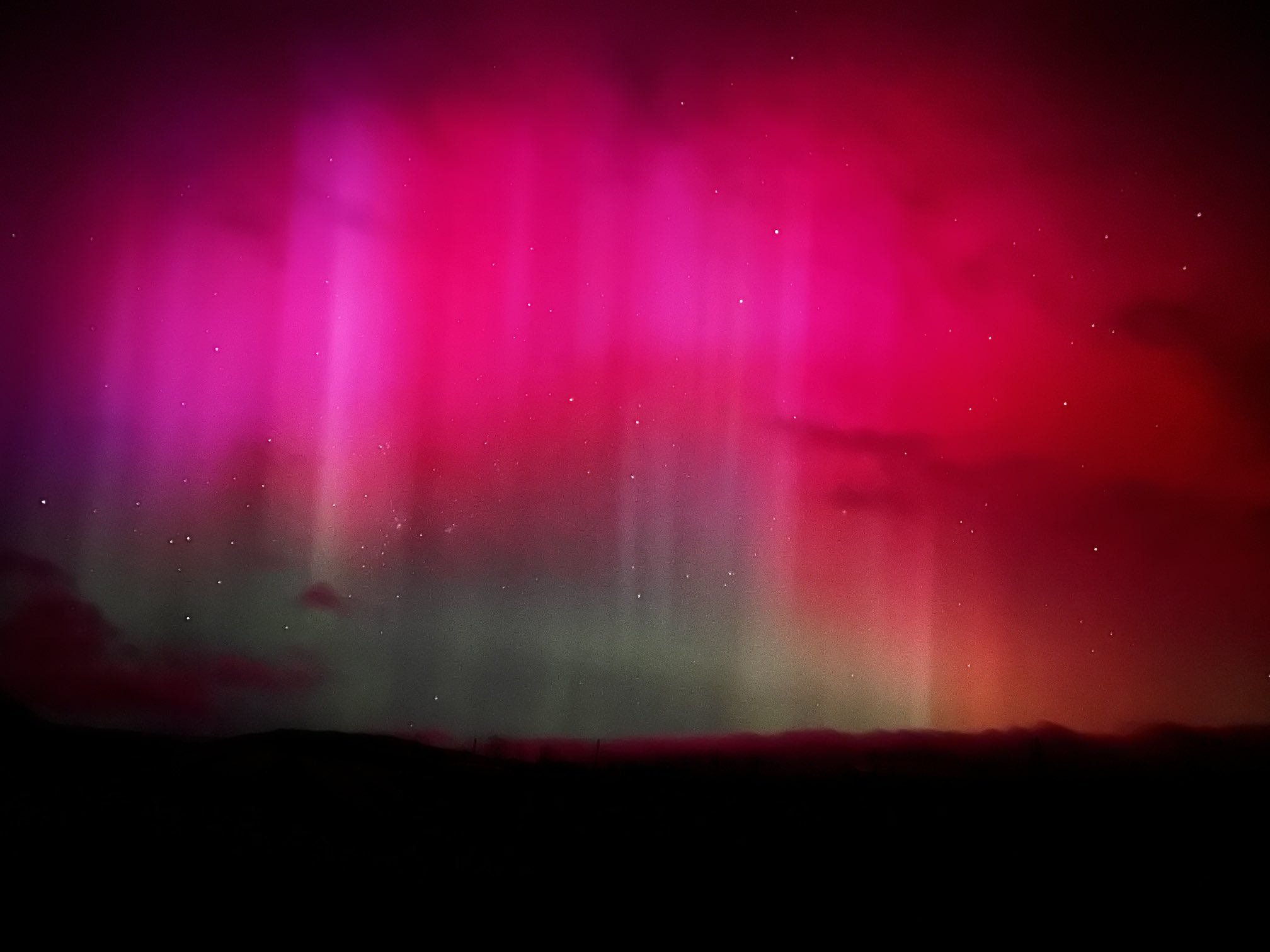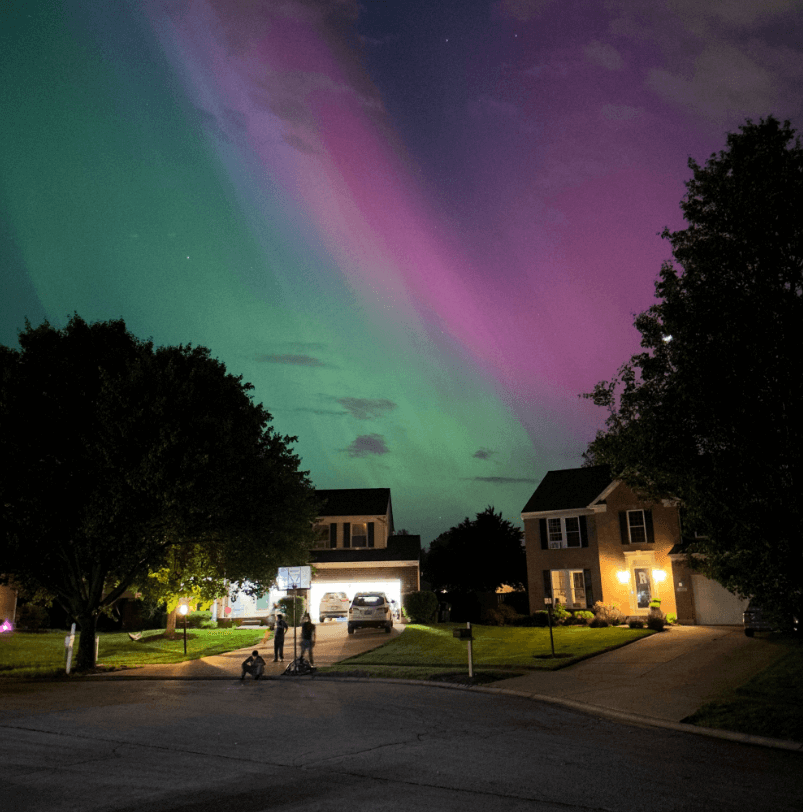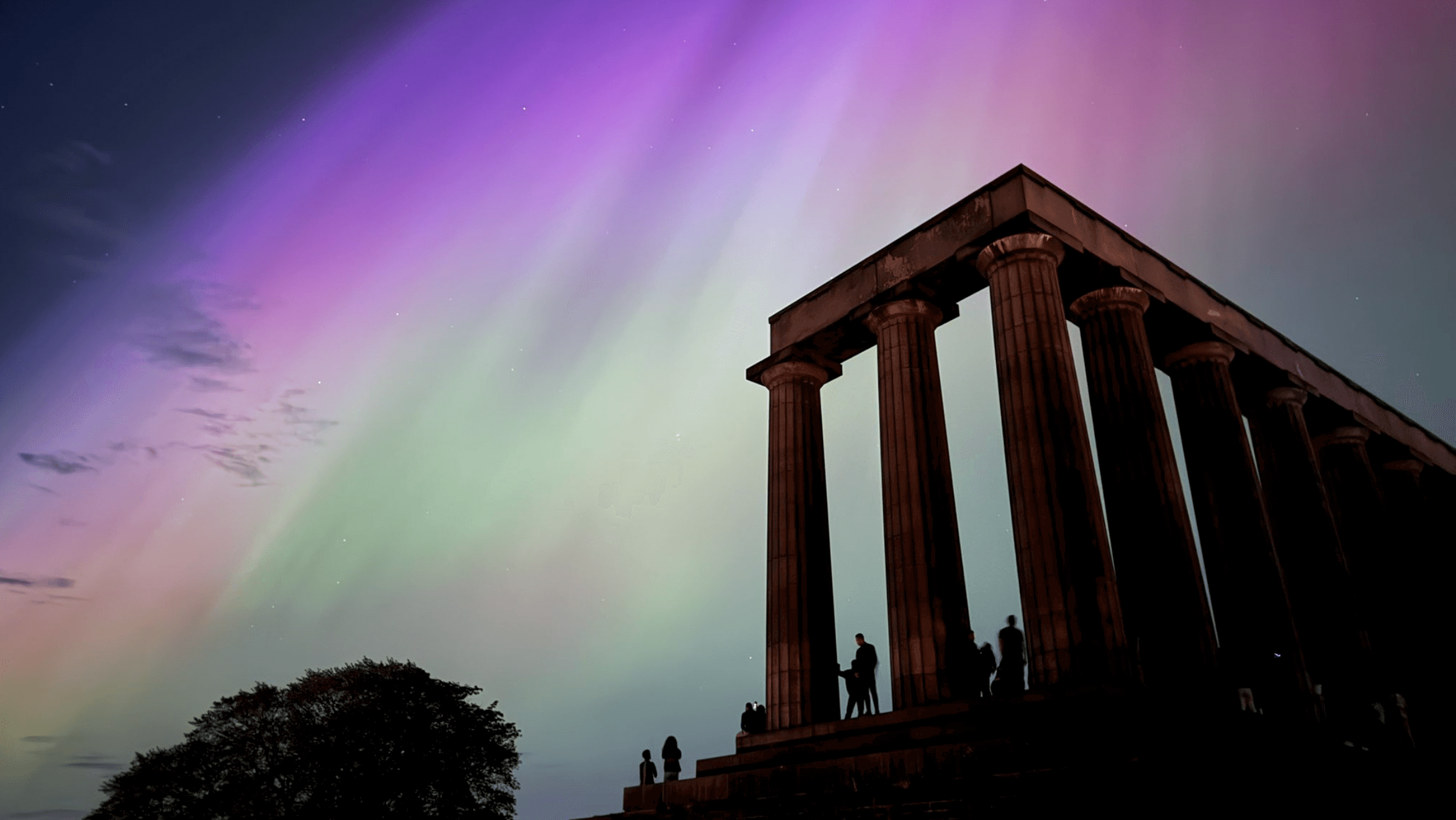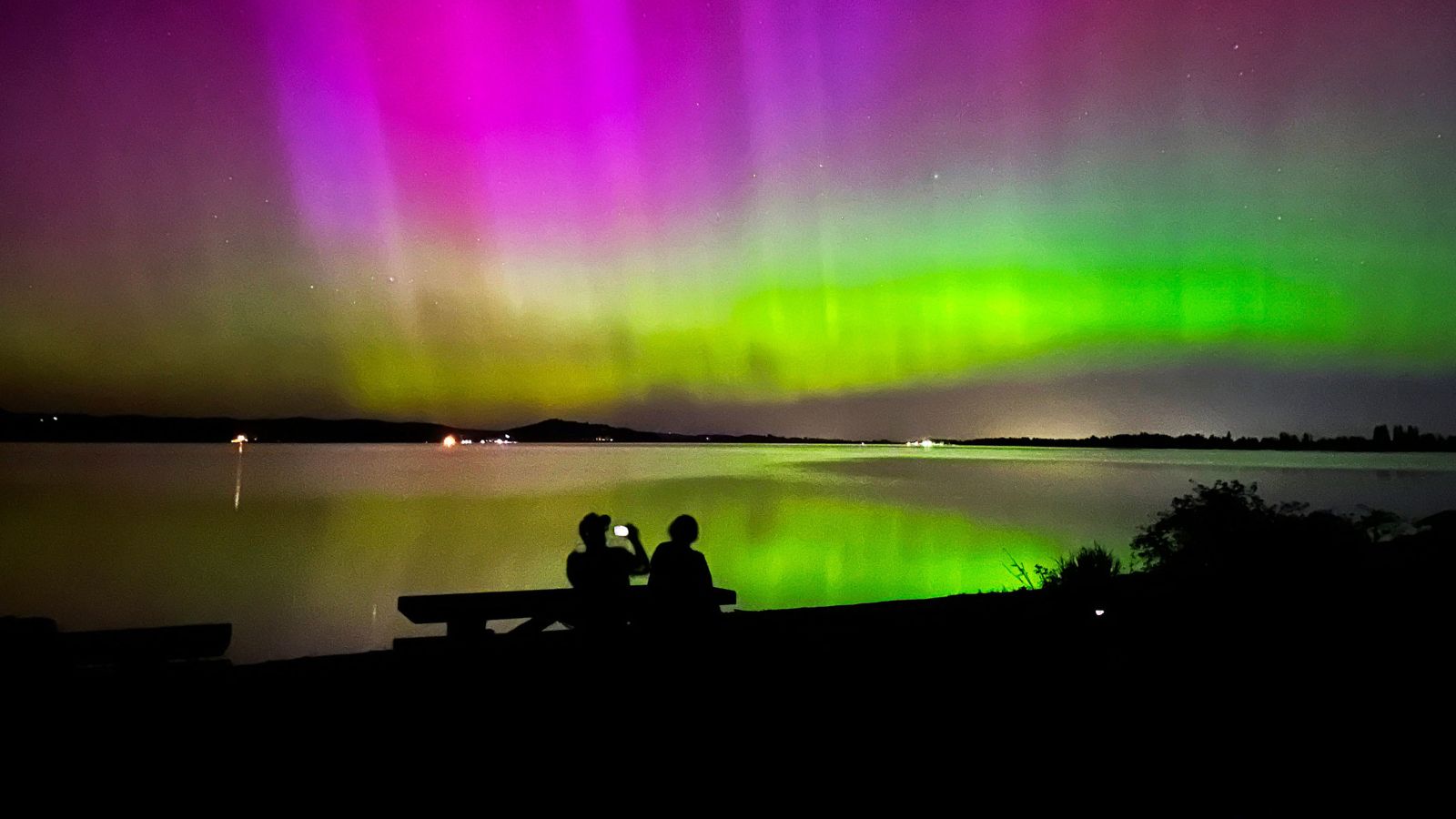(CNN) — In case you missed Friday night’s spectacle, you’ll have a second chance to see the spectacular aurora created by a series of solar flares and coronal mass ejections from the Sun on Saturday night.
The aurora borealis could be seen as far south as Alabama later Saturday, according to Space Weather Prediction Center From the National Oceanic and Atmospheric Administration. The best view will be from the Ohio River Valley across the Midwest and into the Pacific Northwest.
In general, it’s a good idea to start searching right after sunset. Weather, of course, is key, as clouds can limit viewing of the aurora borealis.
“Don’t worry because this is not like an eclipse. It’s a multi-day event,” CNN meteorologist Chad Myers said. “It will be visible across most of North America, maybe not all the way to the Gulf Coast, but it will be close,” he added.

Cloudy conditions will persist from the Rockies into Texas and the northern Gulf Coast, as well as much of the Northeast.
The Space Weather Prediction Center, a division of the National Weather Service, observed severe geomagnetic storm conditions at 6:54 PM ET Friday night, reaching an intensity level of 5 out of 5. It was the last time a solar storm of this size had reached Earth . In October 2003, it caused a power outage in Sweden and damage to power transformers in South Africa, according to the center.

The northern lights were seen in Central Otago, New Zealand, around 6:20 a.m. New Zealand time, on May 11. (Courtesy of Andrew Dixon)
Scientists at the center first noticed signs of a severe, or Level 4, geomagnetic storm at 12:37 p.m. ET, when a major disturbance in Earth’s magnetic field was detected. Earlier, the center issued a geomagnetic storm alert on Thursday night, the first such alert issued since January 2005.
But the forecast was upgraded after scientists observed G5 conditions, or severe geomagnetic storm, on Friday night.
As the Sun approaches the peak activity of its 11-year cycle, known as solar maximum, later this year, researchers have observed extremely intense solar flares erupting from the fiery orb.

Northern Lights in Miamisburg, Ohio. (Credit: Matt Keck)

The aurora borealis appears in the sky over Edinburgh, Scotland. (Photo credit: Jacob Anderson/@itwasjacob via X)
Increased solar activity causes the aurora to dance around Earth’s poles, known as the aurora borealis and the aurora australis. When energetic particles from coronal mass ejections reach Earth’s magnetic field, they interact with gases in the atmosphere creating different colored light in the sky.
“Overnight, the aurora borealis was visible across much of the United States. Weather permitting, it may be visible again tonight,” the Space Weather Prediction Center said on Saturday.
He added, “The severe geomagnetic storm is continuing and will continue until at least Sunday.”
The storm could affect the electrical grid, as well as satellites and high-frequency radio communications. The Biden administration said it was monitoring potential impacts.
“For me, it’s like the total solar eclipse on April 8,” he told CNN. “It brings us to the fact that we live on a planet orbiting a star in a galaxy. It brings it to Earth.” Hakim Oluseyi, astrophysicist.
“If you asked me, I’d say a total solar eclipse is clearly number one. But next to a bright comet, it’s amazing to see the aurora borealis. And if you’re anywhere near the far north or south, you won’t be able to see the aurora.” “Just see the colors in the sky, but the curtains of mist are actually rising, so the fact that this is spreading to more people around the world is pretty amazing.”
Bill Nye, “the man of science,” said, “Let’s celebrate this.”
CNN’s Ashley Strickland contributed to this report.

“Music buff. Social media lover. Web specialist. Analyst. Organizer. Travel trailblazer.”



:quality(85)/cloudfront-us-east-1.images.arcpublishing.com/infobae/TEQF6EONZRFGLLLDIDD4L2O4EE.jpg)

:quality(75)/cloudfront-us-east-1.images.arcpublishing.com/elcomercio/XU32LRAEZFDDPNVHLFU3CKVBYY.jpg)

More Stories
Sheinbaum, Galvez, Mainz campaign wrap-up, news and more
Sheinbaum and Mainz’s CDMX campaign wraps up: Road Alternatives and Street Closures
Ortega attacks Humberto Ortega and declares him a “traitor to the country”